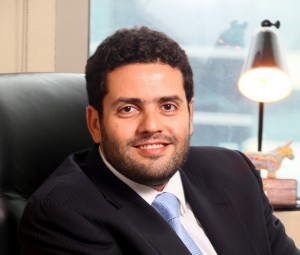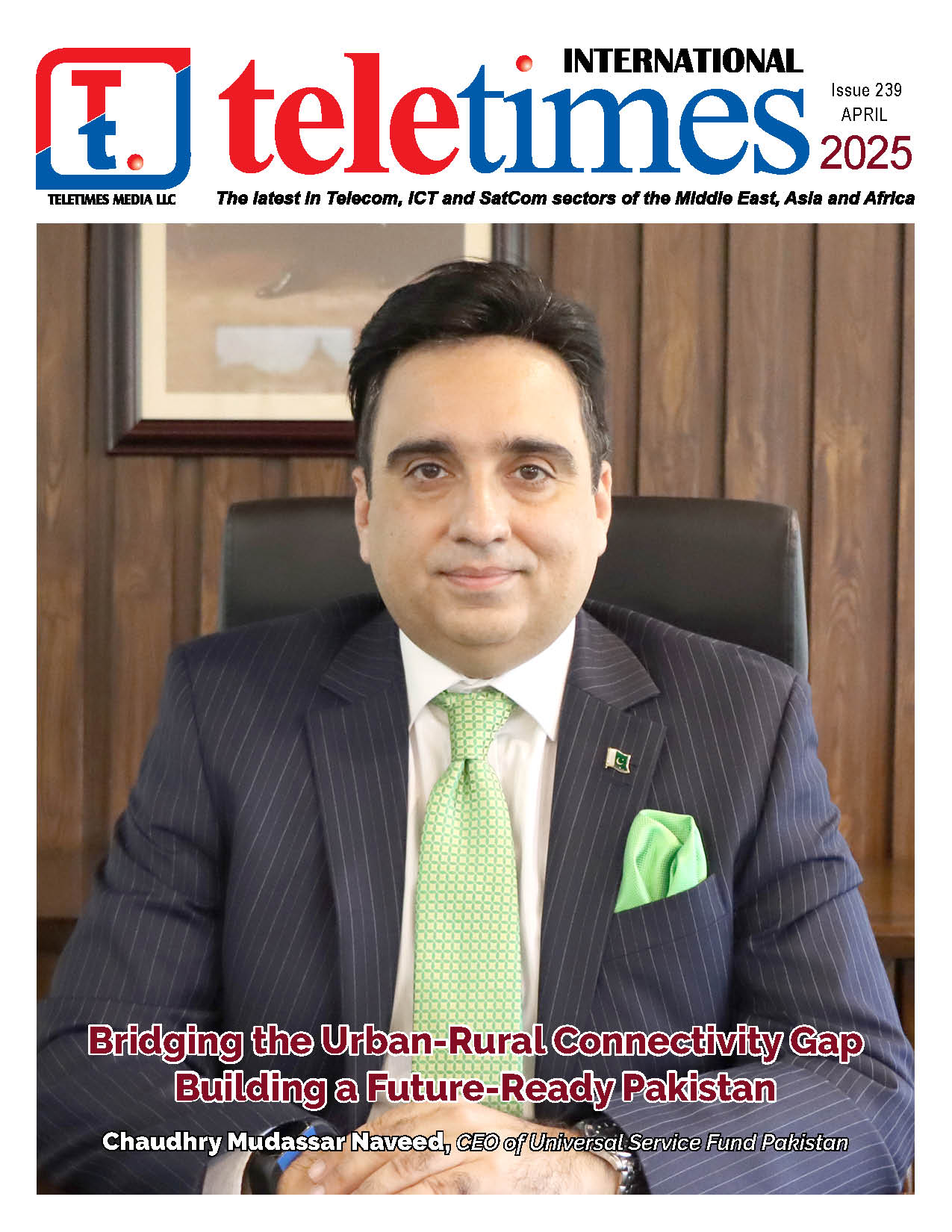Ziad Matar,
Senior Director and Head of the Middle East and Central Asia for Qualcomm
Speaks to Teletimes
 Teletimes – Would you like to talk a little about Qualcomm and its background.
Teletimes – Would you like to talk a little about Qualcomm and its background.
Ziad Matar – For more than 25 years, Qualcomm has been at the forefront of wireless research and development, providing the technologies and networking expertise for 3G services used by more than 1 billion wireless subscribers worldwide. Our track record of delivering advanced multimedia and business solutions and services has helped support and drive the success of the entire wireless value chain—operators, manufacturers, developers, publishers, content providers and end users. Qualcomm offers a range of technology licensing, hardware, software and service solutions to support its ecosystem partners.
Our primary goal in the Middle East and Central Asia region is to grow the market for 3G services. We do this by working to expand the regional 3G ecosystem—the group of mobile operators, handset manufacturers, infrastructure providers, software developers and others who each contribute to making 3G services more broadly available—and then partnering with the regional distributors and retailers to push the complete solution of a services-enabled device to the consumer.
TT – Please talk about Qualcomm’s growth and progress in terms of business activity in the Middle East and Africa region where it has been working for the last three years now.
ZM – Qualcomm’s MEA group team has spent the last 3 years, since officially setting up its presence in Dubai in April 2008, building up the foundation for our partnerships and strategies. The last year has been the year where the initial impact of our presence and results started to show. Qualcomm has done extremely well in this region as you see from the multiple announcements with regional operators like Du and its collaboration with Qualcomm to be the first in region to deploy a 42mbps HSPA+ network. We’re also cooperating with Mobily and have in place an overall collaboration model across the Kingdom of Saudi Arabia with multiple initiatives from technology, to services to developers. Mobinil and Great Connection recently collaborated to introduce the Mobile Baby service in Egypt with facilitation from Qualcomm.
We have collaborated quite a bit with operators on their network evolution, services and applications. However, we have recently started engaging the regional/local device distribution channels actively to catalyze the sale of smartphones in general, and Qualcomm-based devices specifically. You will see an expansion of those activities across other markets in the Middle East and Central Asia with the development of a new innovative business model that will accelerate the use of 3G services and data. Stay tuned!
TT – How do you feel about the ecosystem for 3G services in the region?
ZM – We believe that the foundation of 3G uptake lies fundamentally in a high quality network that provides fast and reliable services to the consumer, viable applications availability that improves people’s daily lives and communication, and the reach to the consumer that allows the largest percentage of the population to have access to such services and devices.
Based on the robust dynamics of this region, we believe that the region holds a very promising picture for all the elements of the eco-system, starting from the technology suppliers to the end users. Qualcomm’s strategy in Middle East and Central Asia is to collaborate on the best and most optimized network evolution path with regional operators to ensure the availability of fast and reliable services. Qualcomm’s global expertise and reach is enabling us to build a regional ecosystem of applications and content developers, and to work with OEMs and distribution channels.
TT – Do you think Augmented Reality holds big potential in the Middle East?
ZM – I think it does. Augmented Reality enables a user to view his/her environment with a camera —such as the camera on your smartphone — and superimpose virtual content, such as 3D graphics, over the top. This technology has the potential to enhance many industries, such as advertising, gaming, location-based services and social networking.
Imagine being able to hold your phone up to the dashboard in your new car and have a step-by-step how-to teach you to use all the controls (via a visual overlay). Imagine a billboard, poster or magazine advertisement that comes to life, providing information in a much more easily accessed and understood way than ever before. Imagine playing a 3D game with your friends, all brought to life on your dining room table through your phone’s viewfinder.
Given the strength of the advertising and location-based services in the Middle East, including the UAE, Saudi, Lebanon, Egypt and Jordan among others, consumers could benefit from Augmented Reality in a number of ways. We are actively exploring these sorts of uses in MENA.
TT – Our readers would be interested in details about some of your latest chipsets and exciting new consumer products.
ZM – We have recently announced that together with Microsoft, we are collaborating to enable Qualcomm’s Snapdragon™ next generation family of mobile processors to power the first generation of upcoming Windows 8-based PCs, becoming one of the only silicon providers to date positioned to support both Windows smartphones and PCs. In addition, Qualcomm’s Gobi™ mobile Internet connectivity solutions will provide Windows 8-based PCs with wireless 3G/4G connectivity to deliver an always-connected experience.
April 17, 2025










